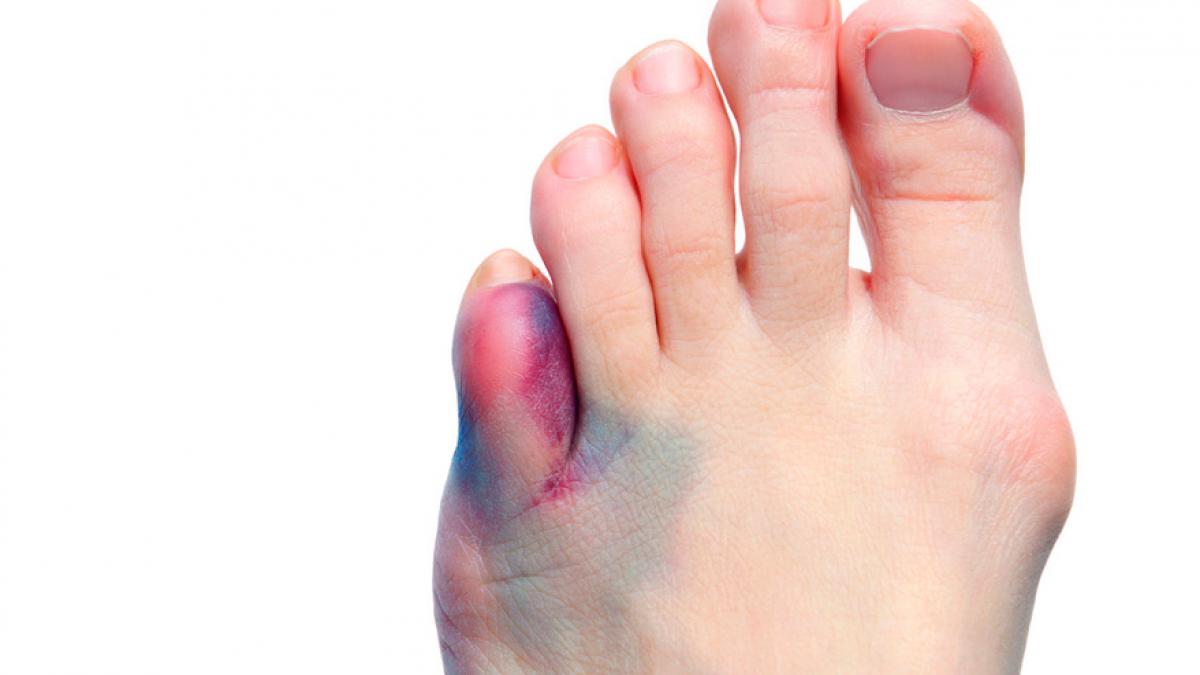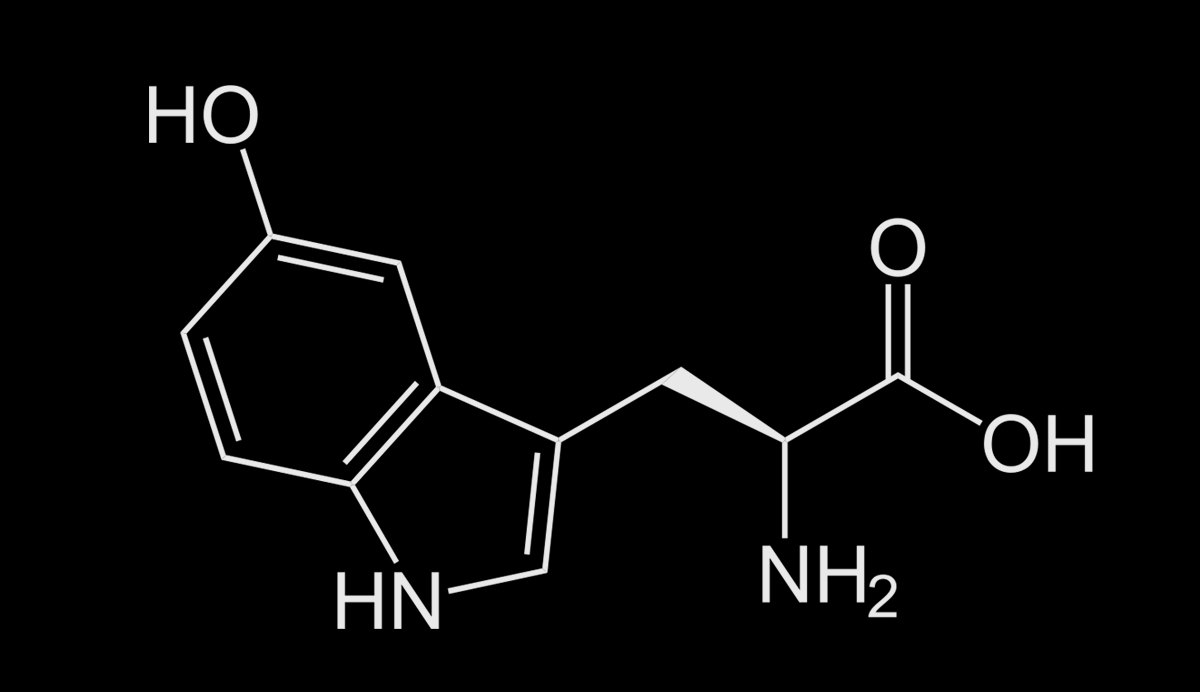A fractured little finger of the foot, although often perceived as a minor injury, can cause considerable pain and discomfort, affecting mobility and quality of life. Proper diagnosis and treatment are crucial to ensure a full recovery and avoid long-term complications of a fractured little finger.
The little finger, the smallest toe on the foot, plays an important role in balance and propulsion during walking. Its fracture can occur due to various mechanisms, from a direct blow or a twist to a fall or repetitive trauma resulting in a fractured little finger.
Common Causes of a Fractured Little Finger
Various events can trigger a fractured little finger of the foot. Tripping over a hard object, such as the edge of furniture, is a frequent cause of a little toe injury. Likewise, dropping a heavy object on the foot can cause a fracture in any of the toes, including the little finger.
On the other hand, sports activities involving quick movements and changes of direction, such as soccer or basketball, increase the risk of suffering a twist or a blow that results in a little toe injury. Even wearing inappropriate footwear, especially those with narrow toe boxes, can predispose to a stress fracture in the small bones of the foot, including the little finger.
Symptoms of a Possible Fractured Little Finger
Recognizing the symptoms of a possible fractured little finger is the first step towards seeking treatment. Intense and immediate pain in the affected finger is the most common symptom of a fractured little finger. This pain worsens when trying to move the finger or when putting weight on the foot.
In addition to pain, swelling around the injured finger is often observed with a fractured little finger. A hematoma or bruise may also appear, which can extend to adjacent toes or the top of the foot due to the fractured little finger. In some cases, the “fracture” may be severe enough to cause a visible deformity of the finger.
In situations where the fracture is displaced, a creaking or clicking sensation may be felt upon touch of the little toe injury. In the presence of any of these symptoms, it is essential to seek medical attention for an accurate diagnosis and an appropriate treatment plan for the little toe injury.
Diagnosis of the Fractured Little Finger
The diagnosis of a fractured little finger of the foot usually begins with a clinical evaluation by a doctor. During this evaluation, the doctor will ask about how the injury occurred and examine the foot, looking for signs of pain, swelling, bruising, and deformity indicative of a little toe injury.
However, to confirm the fracture and determine its type and severity, an X-ray of the foot is usually required to visualize the. X-rays provide clear images of the bones and allow the doctor to identify the presence of a fracture line, as well as its location and whether the bone fragments are displaced in the little toe injury.
In some cases, especially if injuries to the surrounding soft tissues, such as ligaments or tendons, are suspected with the fractured little finger, the doctor may request additional imaging studies, such as a magnetic resonance imaging (MRI) scan. However, for most fractured little fingers, an X-ray is sufficient to guide treatment.

Non-Surgical Treatment Options for a Fractured Little Finger
Most fractured little fingers of the foot can be treated effectively without the need for surgery. The main goal of non-surgical treatment for a little toe injury is to relieve pain, allow the bone to heal correctly, and restore normal foot function.
One of the first steps in treatment for a fractured little finger is rest. Weight-bearing on the injured foot should be avoided as much as possible. The use of crutches may be necessary to facilitate mobility without putting pressure on the fractured finger.
Applying ice to the affected area for 15-20 minutes several times a day helps reduce swelling and pain associated with a fractured little finger. It is important to wrap the ice in a cloth to avoid skin burns.
Elevating the foot above the level of the heart also helps to decrease swelling related to the fractured little finger. It is recommended to elevate the foot when sitting or lying down.
The use of over-the-counter pain relievers, such as acetaminophen or ibuprofen, can help control pain from a fractured little finger. In cases of more severe pain, the doctor may prescribe stronger pain medications.
A common treatment technique for non-displaced little toe injury is buddy taping or functional bandaging. This involves taping the fractured finger to the adjacent healthy toe with adhesive tape to support the little toe injury. The healthy toe acts as a natural splint, providing support and limiting the movement of the injured finger, which promotes healing of the fracture.
In some cases of a little toe injury, it may be necessary to use a stiff-soled orthopedic shoe or boot. This boot immobilizes the foot and protects the fractured finger, while still allowing some mobility. The duration of boot use will depend on the severity of the fracture and the patient’s progress.
Generally, non-surgical treatment of a fractured little finger requires several weeks for the bone to heal completely. During this time, it is important to follow the doctor’s instructions and avoid activities that could jeopardize healing of the fractured little finger.
Learn more about your health and well-being at Pharmamedic.






